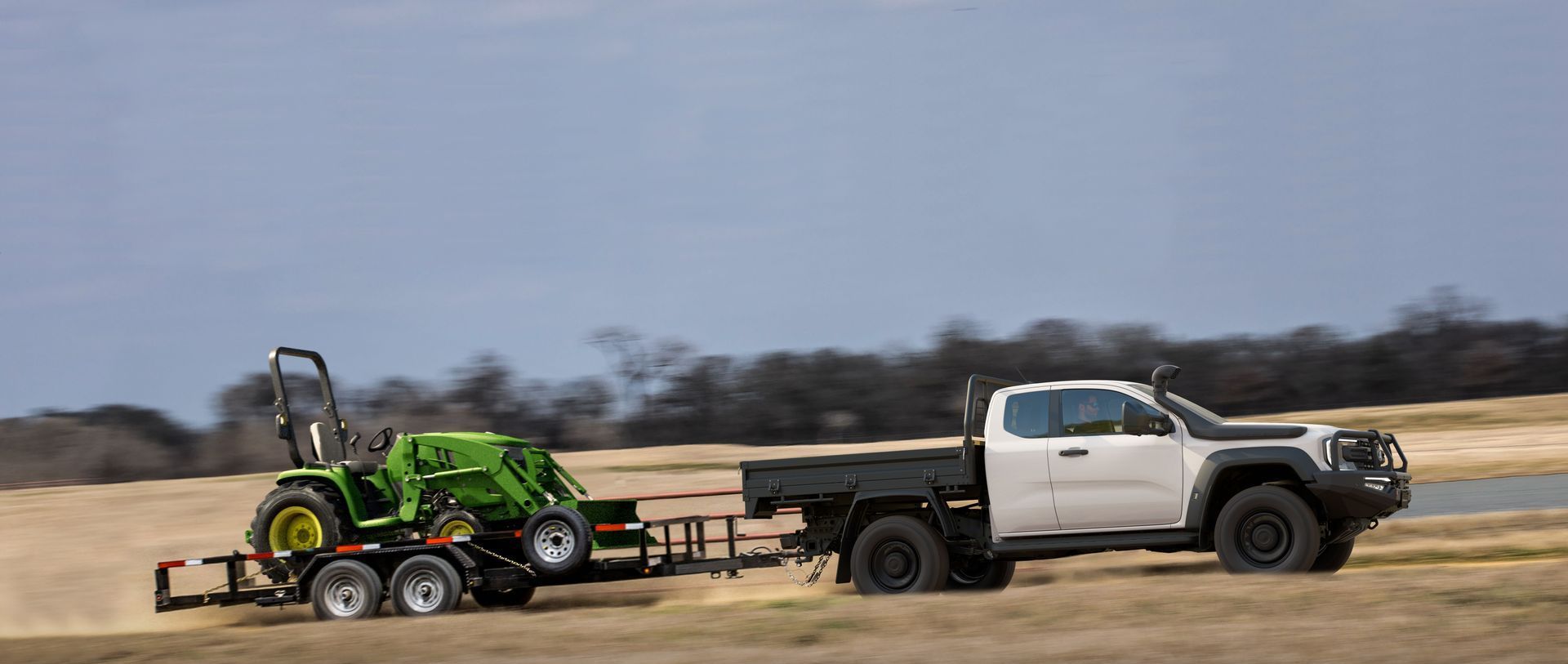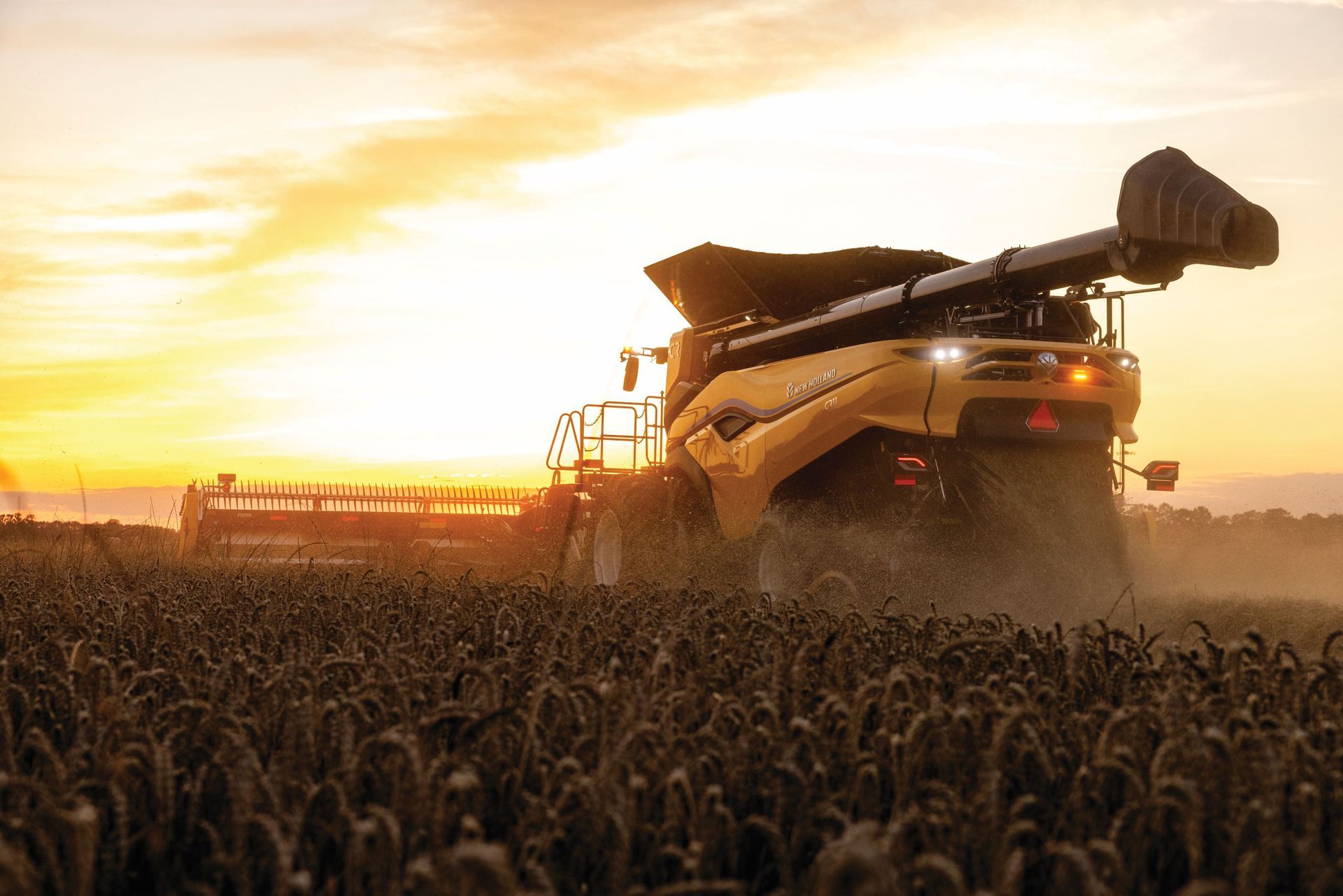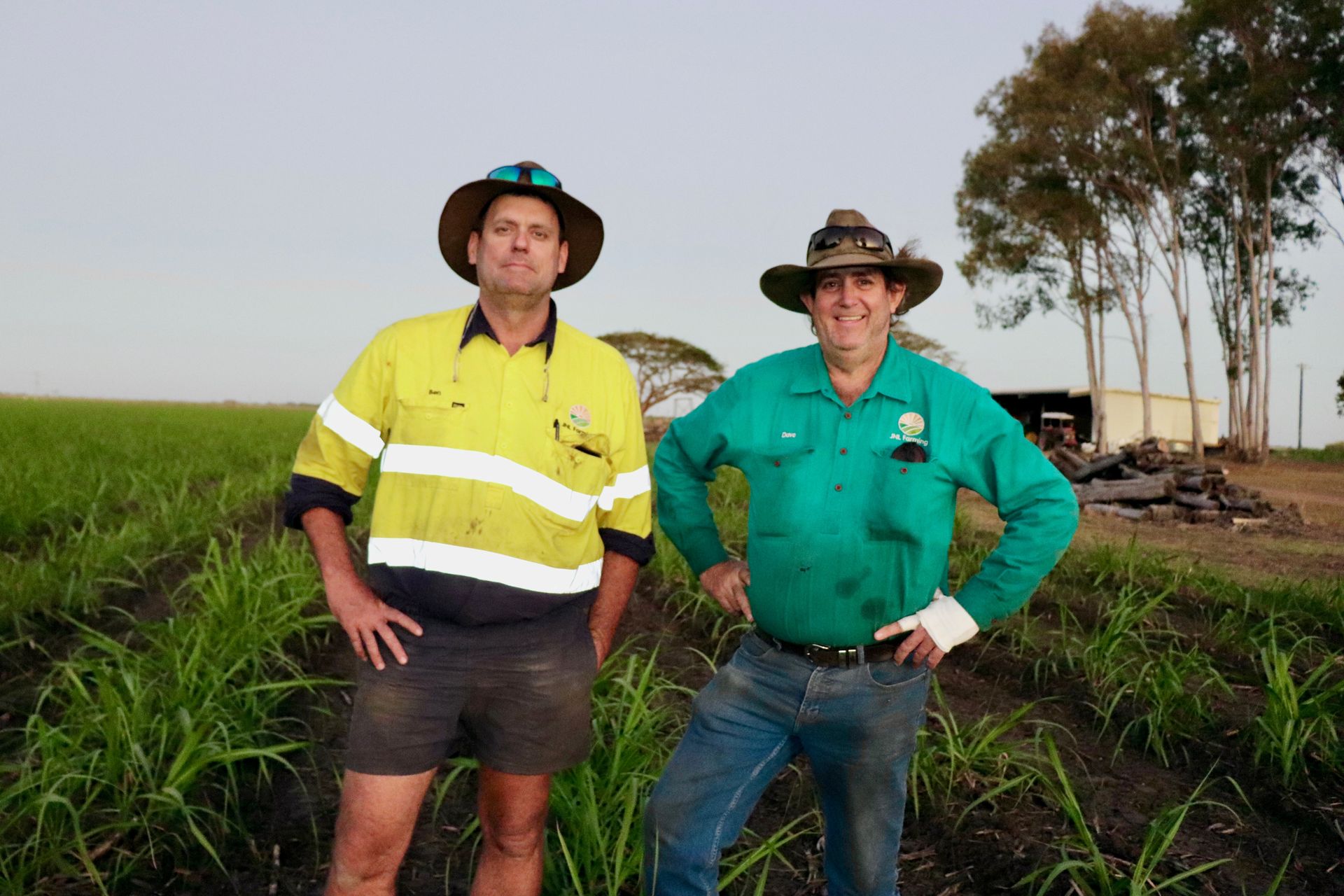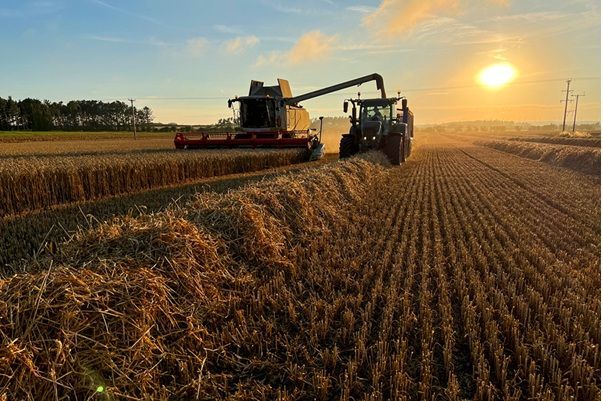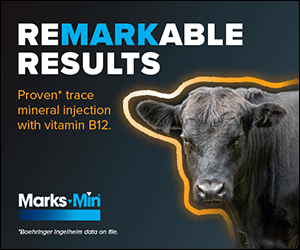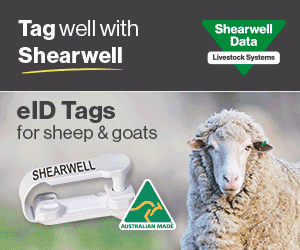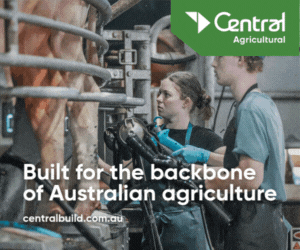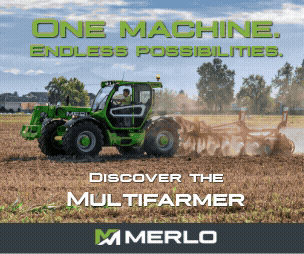1MG FlippingBooks
The Great Aussie Ute – still the farmer’s best mate
From humble beginnings to high-tech workhorses, the Aussie ute has been central to farm life. Here's how it started – and where it’s headed.
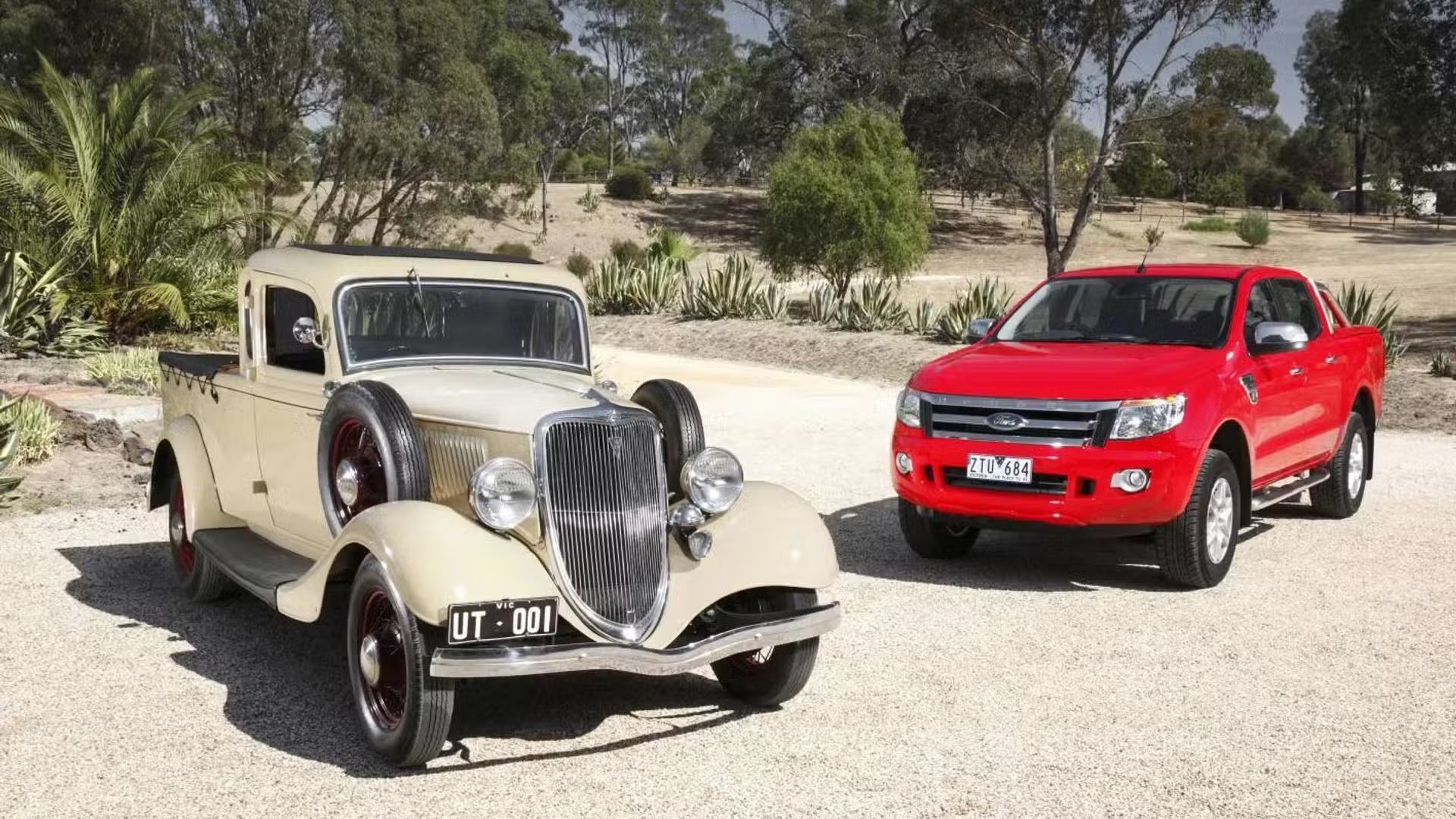
“Could I manage without the ute? Maybe. But it’d be far less efficient; I’d be forever hooking up a trailer, and that’s just not practical,” says Russell Meadley, a small-acreage farmer and business advisor based in the Bathurst region.
On his 47-acre property, Meadley uses a dual-cab, 2004 diesel Ford Courier for just about everything: weed control, transporting gear and biological controls, picking up pipes for irrigation, and towing a trailer when needed. It’s fitted out exactly how he needs it – racks, 4WD, and “enough grunt to handle whatever gets thrown in the tray”.
“There’s nothing else that’d do the job like it,” he says. “The ute’s perfect for restoration work, loading urea, tools, equipment – everything. It gets used and abused, and it handles it without worries.”
Like many smaller operators, Meadley is eyeing future upgrades – maybe a hybrid one day. But with no mains power on the block and solar still on the wishlist, an electric ute isn’t yet viable.
Across Australia, stories like Meadley’s are common and changing. As the climate shifts, fuel standards tighten, and new models arrive, the ute remains a rural mainstay whatever size the farming operation. But what it looks like, and what farmers expect from it, is evolving.
Australian vehicles need to be tough. In the back blocks, on farms, and even in our towns, they cop a hiding – hauling, towing, crossing creeks and paddocks. It’s these conditions that gave rise to a uniquely Australian vehicle: the ute.
The ute might not be exclusive to Australia, but the demands of our rural landscape have shaped it like nowhere else – built to cross deserts, ford rivers, and handle the bush without flinching.
In 2024, Australians bought over a million new vehicles. Of the top four sellers, three were utes:
· Ford Ranger – 62,593
· Toyota HiLux – 53,499
· Isuzu D-Max – 30,194
Together, utes made up over 229,000 sales – clear proof they remain a backbone of Australian life.
A Brief History
In 1933, a farmer’s wife from Gippsland penned a letter to Ford Australia asking for a vehicle “to go to church on Sunday and take the pigs to market on Monday.”
Ford designer Lew Bandt responded by modifying a coupe with a strengthened chassis and tub body. By 1934, the first Aussie ute – the Model 40-A Light Delivery – rolled out of Ford’s Geelong factory. It was both workhorse and weekend ride. Of the 1,390 produced, 862 were Roadster Utilities and 528 were Coupe Utilities; a modest start to what would become an Australian icon.
Through the ’50s and ’60s, Holden and Ford rolled out sedan-based utes, but the game changed when Japanese brands arrived. In 1958, Sir Leslie Thiess imported the first Toyota LandCruisers for the Snowy Mountains Scheme, and in 1968, the Toyota HiLux replaced the Stout light commercial.
Farmers quickly saw the benefit of 4x4s. When dual-cab models arrived, they could carry tools during the week and the family to the bush or beach on weekends. The modern ute was born.
The Modern Ute
Today’s ute is part work truck, part family car, and part off-road tourer. Japanese brands flipped the script in the late ’80s, designing wagons from utes instead of the other way around.
Globally, the US dominates in sales, led for years by the Ford F-Series. Thailand punches above its weight, with around 460,000 utes sold annually – that’s enough to attract major manufacturing from Japanese brands. Most Japanese utes are now manufactured there due to strong local demand and import tariffs. Interestingly, a Thai law requiring rear leaf springs has curbed innovation in some models.
Meanwhile, China, India, and Korea are pushing hard into the ute market, putting pressure on the old guard.
Big Yanks Hit the Dirt
In recent years, American utes have hit Australian roads in a big way. Thanks to local conversions by companies like Walkinshaw, models once unavailable in right-hand drive are now commonplace.
RAM models are imported and converted to right-hand drive by Walkinshaw for American Special Vehicles, which is owned by Ateco Group – also responsible for bringing the vehicles to Australia. It started with RAM – the 1500, 2500, and 3500 – followed by the Chevrolet Silverado, Ford F-100, and now Toyota Tundra. The appeal? Towing capacity. Where Japanese and European utes cap out at 3,500 kg, the American giants can legally tow 4,500 kg – a big deal for farmers hauling machinery or stock crates.
That said, some of the largest models may require a truck licence to retain their full gross vehicle mass (GVM), something prospective buyers need to consider.
But these beasts come at a cost: fuel. Around town, 15–18 L/100 km is typical – even more when towing. Toyota’s hybrid Tundra offers a V6 with better economy, showing where the market might head.
Japanese Staples Still Evolve
Not everyone wants (or can afford) a super-sized Yank truck. Brands like HiLux, Ranger, D-Max, BT-50, and Navara are improving fast – better comfort, performance, and tech without losing their rural reliability.
Ford's recent launch of the Ranger Super Duty shows just how far utes are evolving. With a 4,500kg GVM and matching tow rating, it bridges the gap between mid-size utes and light trucks.
Todd Willing, head of Ford Design at Ford Motor Company, says: “Fleet managers told us about the heavy-duty medium pick-up space and how there just wasn’t anything they wanted.
“This set our team on a path to digging deeper, meeting with more than 50 companies and public services to truly live the life of these customers to understand their specific needs.
“The result was an idea for a truck that could bridge the gap between what was currently available and what the industry told us it needed.”
Going Electric – or Not?
Electric utes are starting to arrive from China, and soon, Kia. These could be a good fit for tradies in metro areas, where charging is easier and daily travel is limited. But for farmers or anyone covering serious distances, range anxiety and a lack of infrastructure make EVs a tough sell.
Ford’s diesel-electric hybrid may offer a middle ground—boosting torque and extending range. But the added battery weight cuts into payload, a dealbreaker for many in agriculture.
Meanwhile, the diesel-powered Kia Tasman is due for availability from July 2025, with an electric version expected in 2026. While detailed specs are yet to be confirmed, range, towing, and charging infrastructure will be critical factors for farmers. Questions remain about how well early electric utes will perform under load in remote or off-grid conditions.
The Light Truck Option
Are utes the only answer? Not anymore. As light trucks become more comfortable and user-friendly, many rural operators are turning to them for extra load-hauling and towing capacity.
Isuzu Australia Limited (IAL), Australia’s top-selling truck brand for over 30 years, has seen strong demand for its 4.5-tonne car-licence range.
Isuzu’s Head of Sales, Craig White, says the company promotes “the right tool for the job”, highlighting their light trucks, which can be driven on a car licence, as versatile for everything from city streets to rural areas.
“Our 4.5 tonne car-licence range of trucks is available in a wide variety of configurations—from tippers to trays and service bodies, narrow to crew cabs, and of course 4x4s,” said.
“We see Isuzu trucks hard at work, pitching in on everything from plumbing jobs to getting feed to stock on farms. And with the inherent advantages of a truck over a ute as a work vehicle — think more payload, a bigger load space, excellent manoeuvrability, and truck-tough components—well switched-on local operators see the advantages and are making the smart choice.
“Plus, we’ve got an all-new range to offer with more safety, more performance, and more features.”
For farmers who value durability and practicality over badge appeal, light trucks are fast becoming the smarter choice.
What’s Next?
We contacted several major ute brands about what’s ahead. Not all responded, but Isuzu Ute Australia, importer of the D-Max, offered this:
“As part of our due diligence, we’ll continue to monitor the local market and work with the factory to meet Australian needs, whether that’s hybrid, BEV, diesel, or otherwise.”
In other words, no matter how the tech evolves – battery, diesel, hybrid, or hydrogen – the Great Aussie Utility Vehicle is here to stay.
For all the innovation ahead in hybrids, electrics, light trucks, the ute isn’t going anywhere. It may evolve, but its place on the farm is secure.
Russell Meadley puts it plainly: “I’d love a hybrid one day, but for now, the old diesel does everything I need. It’s not about flash, it’s about function. When you’ve got materials to shift, gear to haul, and no power on the block, a tough 4WD ute just makes sense.”
And that, perhaps, is the heart of the Aussie ute’s staying power: it’s not just transport. It’s a partner in the work, and the future.
Geoff Middleton has spent decades as a journalist, and in the last year specialised on trucks and commercial vehicles. He holds a multi-combination heavy vehicle licence and is known for cutting through hype to deliver the facts.
What Farmers Want in a Ute – The 2025 Perspective
Australian farmers want a tough workhorse and then some. The modern farm ute must be a versatile, resilient, and future-proof partner, balancing traditional values with new expectations.
Durability with a Tech Edge:
While ruggedness remains non-negotiable, farmers increasingly expect smart tech that enhances reliability—think dustproof, waterproof touchscreens, and robust onboard diagnostics that help pre-empt breakdowns, not just withstand them.
Load and Towing, Redefined:
It’s not just about hauling hay or stock. Farmers want modular tray solutions that adapt to everything from fragile produce to heavy machinery, and towing systems that handle unpredictable terrain and extreme weather events.
Service Support in the Bush:
The best ute is only as good as its local support. Farmers are looking for brands that offer mobile servicing, virtual diagnostics, and partnerships with rural mechanics—not just city-based dealerships.
Simplicity Meets Smart Features:
Time is money, so intuitive controls and easy DIY maintenance are essential. However, farmers are also open to innovations like remote monitoring and predictive maintenance—features that save time without adding complexity.
Resale Value and Future-Proofing:
With new vehicle efficiency standards now in place, farmers expect their next ute to hold its value even as the market shifts toward hybrid and electric options. They’re keeping an eye on models that offer both proven reliability and a clear path to future upgrades.
Climate Resilience:
As droughts and floods become more frequent, farmers want utes that can handle extreme conditions, offer better fuel efficiency, and reduce running costs—especially as insurance premiums rise.
Aftermarket Adaptability:
Customisation is key. Farmers want to add heavy-duty trays, livestock rails, and weatherproof storage without voiding warranties or compromising safety.
